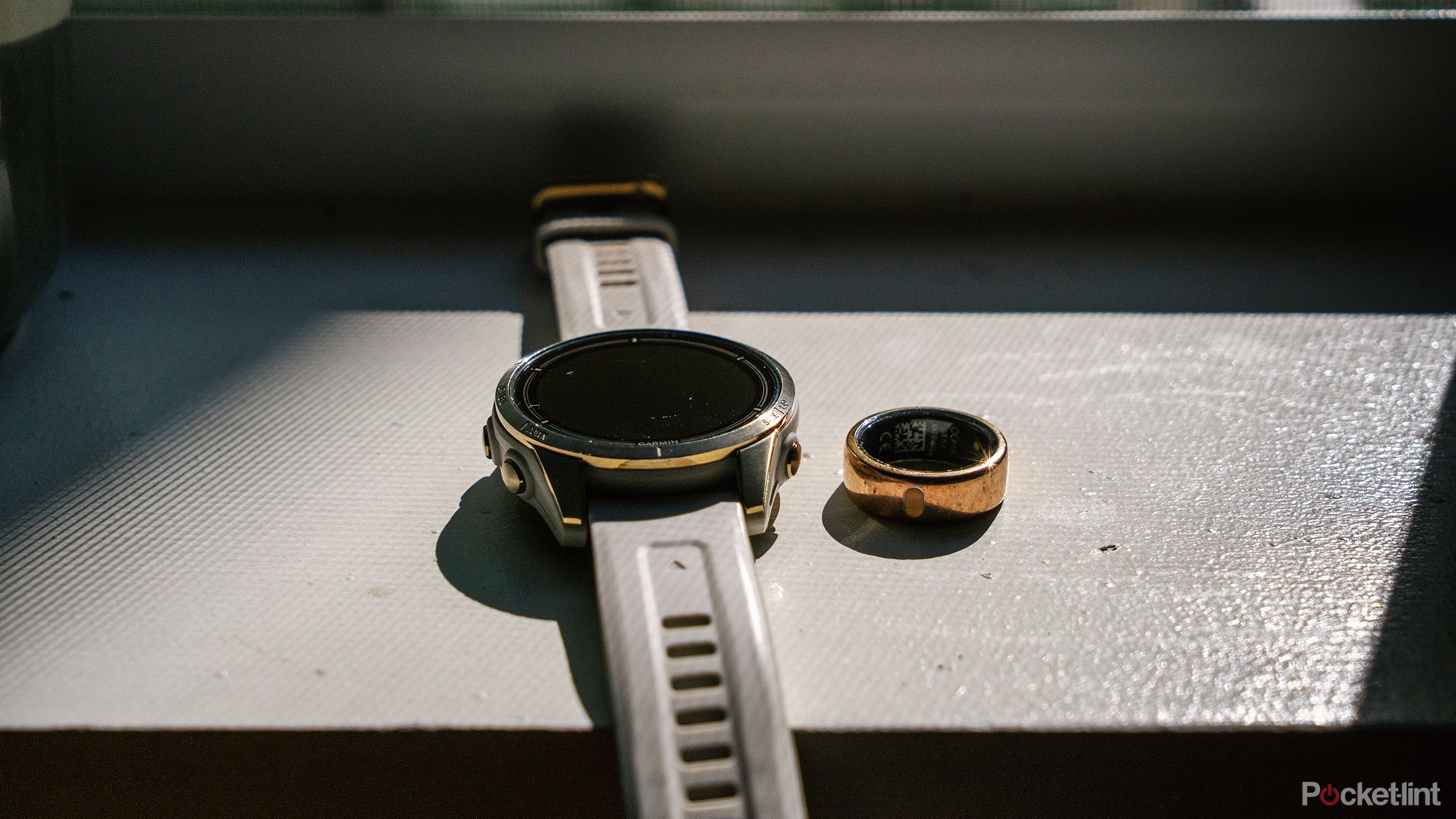Key Takeaways
- Smart rings are bulky and need to be frequently removed due to lifestyle activities.
- Watches are more compatible with daily activities and provide consistent health data.
- Choose a device based on personal lifestyle needs to maximize benefits for health and fitness tracking.
Smart rings seem to be the next big thing in the health and fitness world. Just about every major brand has released one, and plenty of little-known brands are also jumping into the mix. These devices promise a compact form factor that people may want to wear more than a fitness watch. But do they actually deliver? Does it make sense to choose a smart ring over some variety of a smartwatch?
How a team of women turned the Oura Ring into an essential female health tool
Oura is offering unique insights for women to empower and educate them on making decisions about their bodies.
I’ve been wearing some variety of fitness watch or fitness tracker since 2015, so admittedly, I’m very used to having something on my wrist. Prior to that, though, I never wore a watch of any type, and it took some getting used to. Then, last fall, I was asked to review the Oura Ring, one of the more well-known smart rings. There is a fair amount of hype around smart rings, so I was eager to see how it stacked up and if it could replace my watch. After seven months, that’s not exactly what happened.
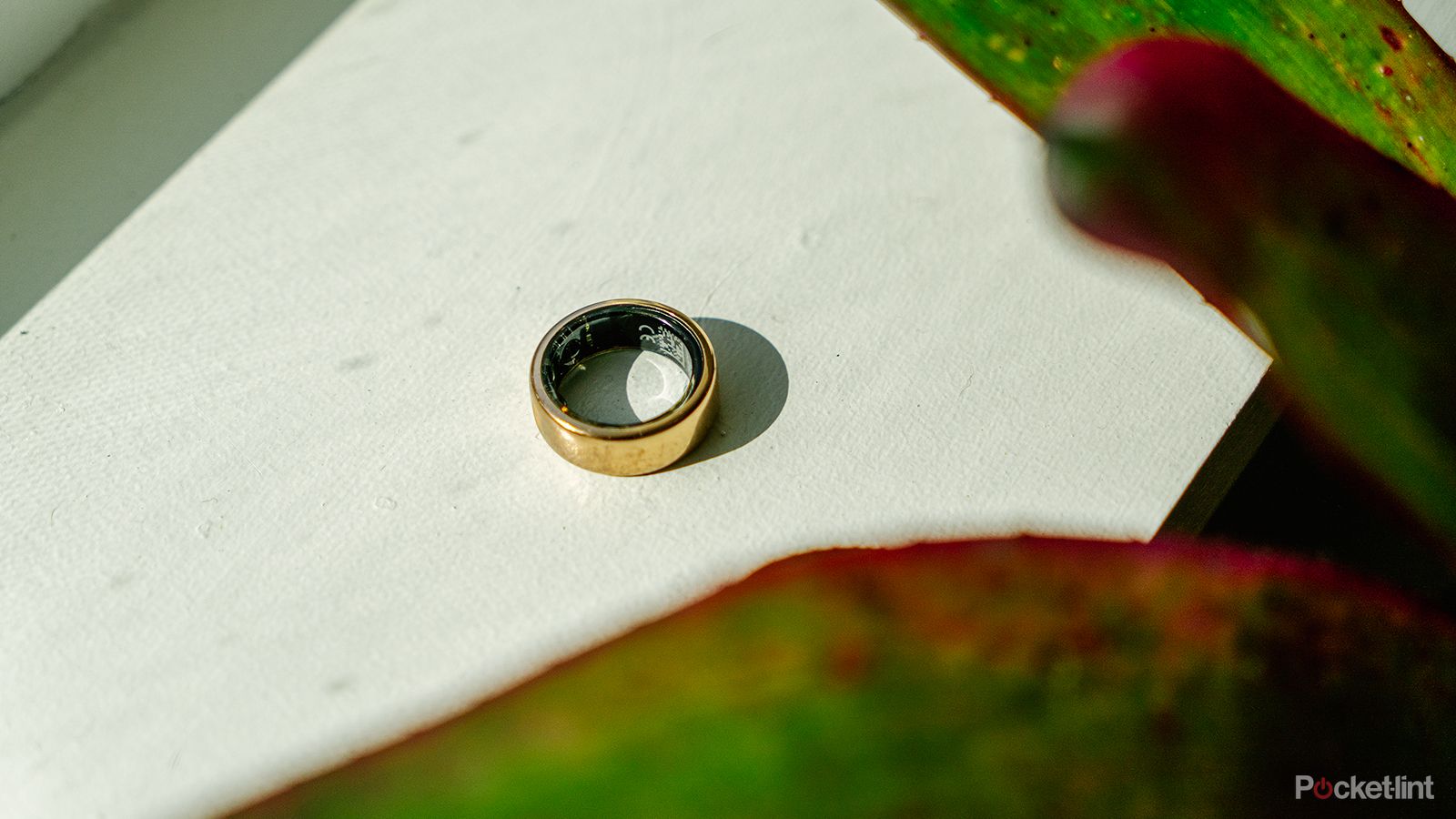 Smart rings aren’t all that small
Smart rings aren’t all that small
Size does matter
There’s no denying that a smart ring offers a smaller format than a watch. It’s also extremely impressive that companies are cramming in heart rate sensors, skin temperature sensors, accelerometers, excellent batteries, and more inside these tiny devices. But even still, smart rings tend to be fairly bulky as far as rings go.
There’s no denying that a smart ring offers a smaller format than a watch… But even still, smart rings tend to be fairly bulky as far as rings go.
Being on a finger means that the ring is constantly in contact with things throughout your day, whereas a watch on the wrist is more out of the way. That means that it’s more likely to get in the way and isn’t practical for certain types of activities. For example, lifting heavy weights with a smart ring just isn’t a great experience. At best, the ring will end up scratched by the bar or dumbbell. At worst, you won’t be able to get a natural, connected grip. As a result, I never wear my ring when in the gym. I’ve even found it gets in the way of simple things like opening jars.
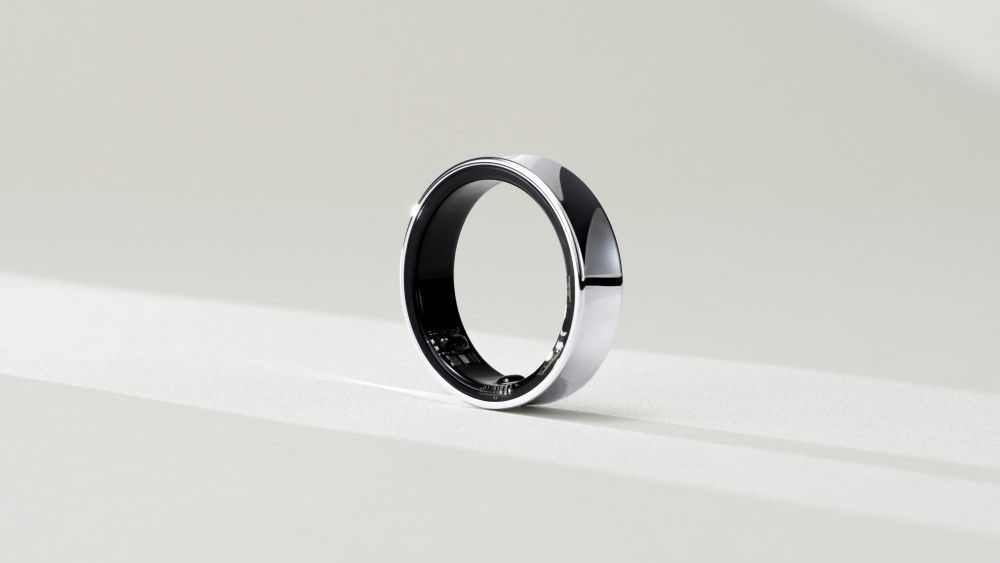
Samsung Galaxy Ring: Breaking down what we know
Samsung is preparing to enter a new category. Here’s everything we know about the company’s latest wearable.
Essentially, anything that requires a tight, connected grip could be impacted by the ring jutting out from your finger. This makes smart rings quite poor fitness trackers, as many activities require some sort of grip.
Even beyond practicality, there’s comfort to consider. I have tiny, child-sized hands, so most things are big on me. And the only rings I do wear are slim and discreet. But even for most people, a smart ring is going to be chunkier than other rings they wear. It’s very much noticeable on the finger and not something that I never forget that I’m wearing. It quite frankly took me months to get used to the Oura Ring and not hate wearing it.
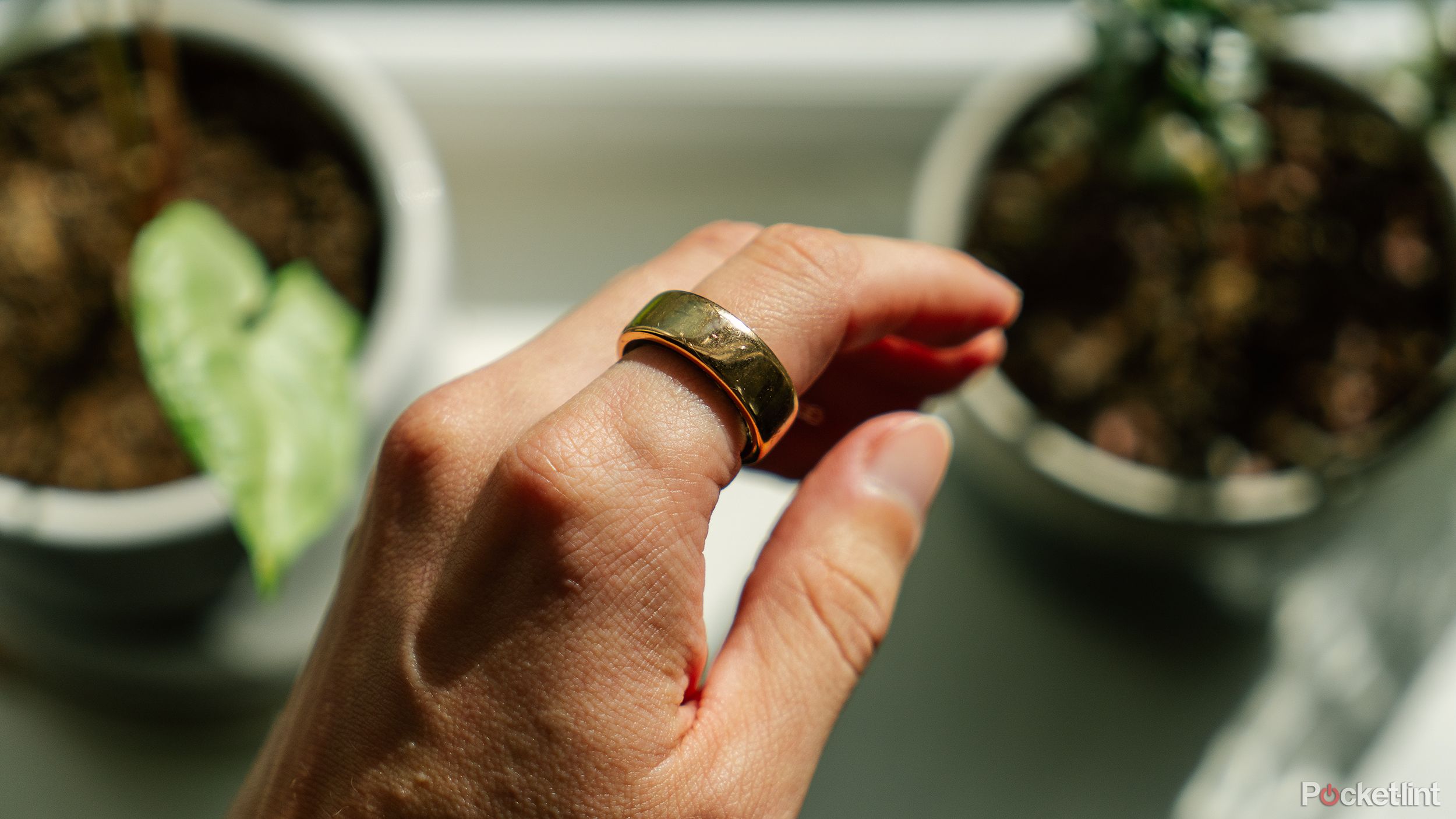 Smart rings need to come off frequently
Smart rings need to come off frequently
We use our hands for everything
Beyond the size, there is also the more obvious fact that we use our hands for, well, everything. Smart rings are made to be durable and withstand daily life, but there are still plenty of things that just aren’t compatible with wearing a ring. I almost always take off my ring if I’m cooking, especially if I’m dealing with raw meat. Hand mixing ground meat for meatballs with a ring on? No, thank you.
The thicker band of smart rings also makes it easier for water to get trapped underneath, so I take the ring off to dry it and my hands more thoroughly. After wearing a smart ring for seven months, I became aware of just how often that happens. There are many other situations in which I find myself taking the ring off. Putting on lotion, going to the beach, anything delicate that the ring could possibly scratch or ding, and on the list goes.
I almost always take off my ring if I’m cooking, especially if I’m dealing with raw meat. Hand mixing ground meat for meatballs with a ring on? No, thank you.
As with any device that measures health and fitness metrics, to get the most out of it, you need to wear it nearly constantly. If you’re frequently taking your smart ring off, that means you’re missing out on data. And if you’re anything like me, you may forget to put it back on for long stretches of time, leaving you without even more data. Since smart rings don’t provide phone notifications and such, there’s not much reason to wear one if you don’t want the tools that result from collecting your health data.
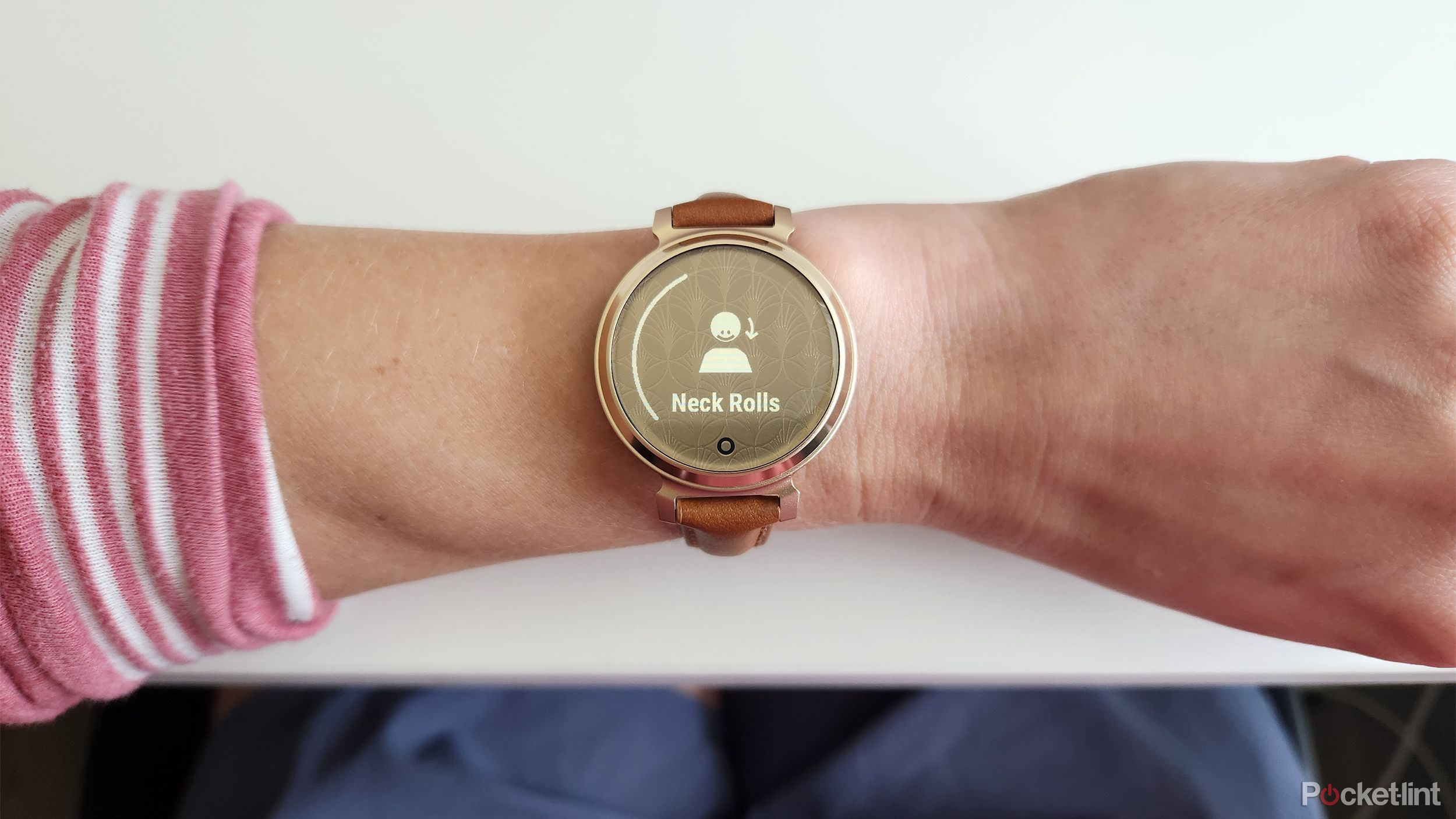 Watches are more compatible with daily life
Watches are more compatible with daily life
Watches win out
Although smart and fitness watches are larger, the fact that they are up on the wrist means they are more out of the way. Sure, there are still times when wearing a watch isn’t ideal, but at least for me personally, it’s far less frequent than with a smart ring. That means that I’m actually getting consistent data that can guide my training, sleep, and overall health.
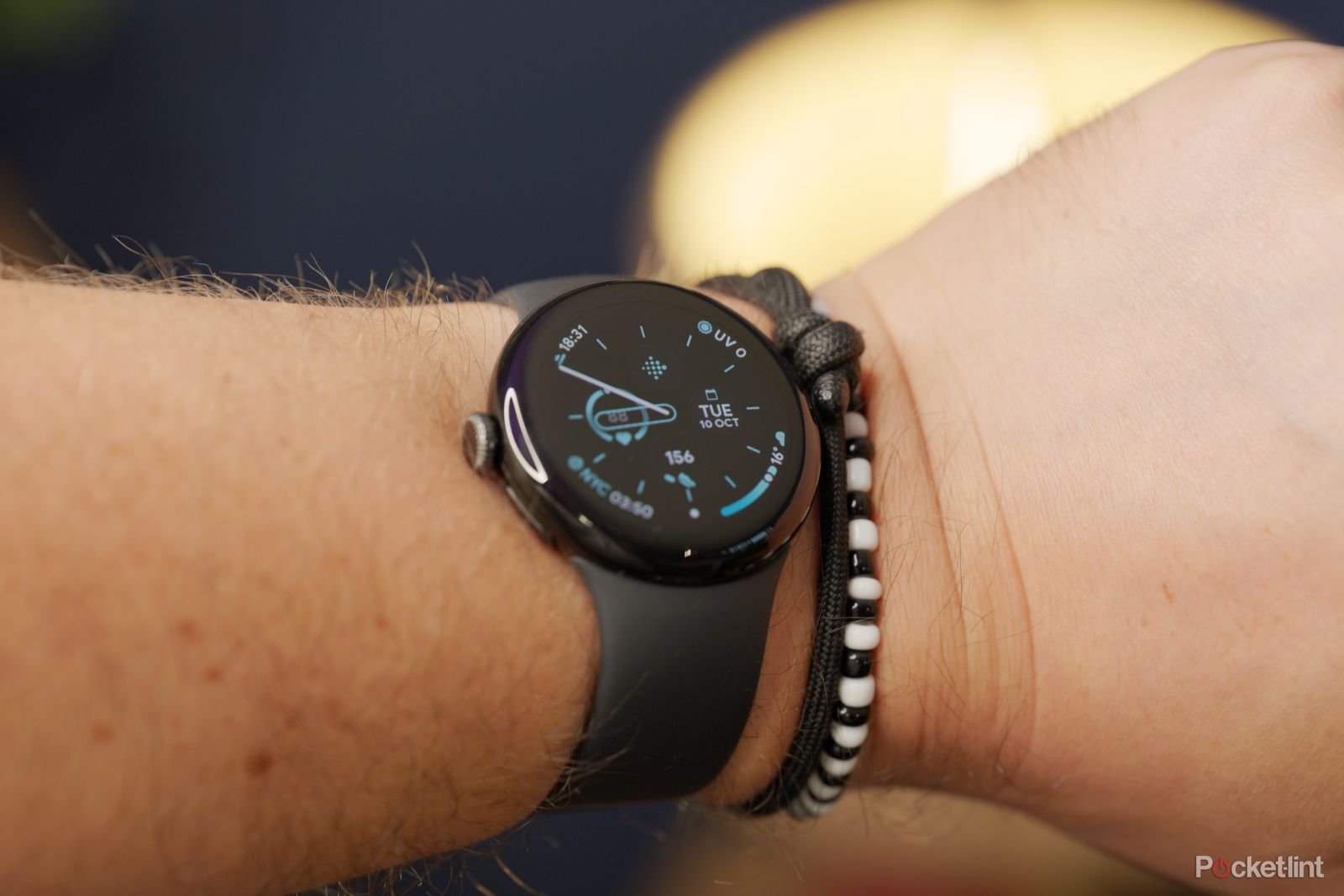
Best smartwatches: Expert tested and reviewed
From the newest Apple Watches to Android options, these are the best smartwatches for tracking time and fitness, according to our testing.
The screen on watches can be both a good and bad thing. Most of the time, it’s really nice seeing my phone notifications on my wrist so that I can gauge if I need to get out my phone to respond to something or answer a phone call or if I can just ignore it. A smart ring does allow you to disconnect somewhat, which certainly has its benefits from time to time, but not all the time.
The other factor to consider is that most people wear a watch daily for the classic reason: timekeeping. If you’re already wearing a watch, it makes sense for that device to be multi-functional.
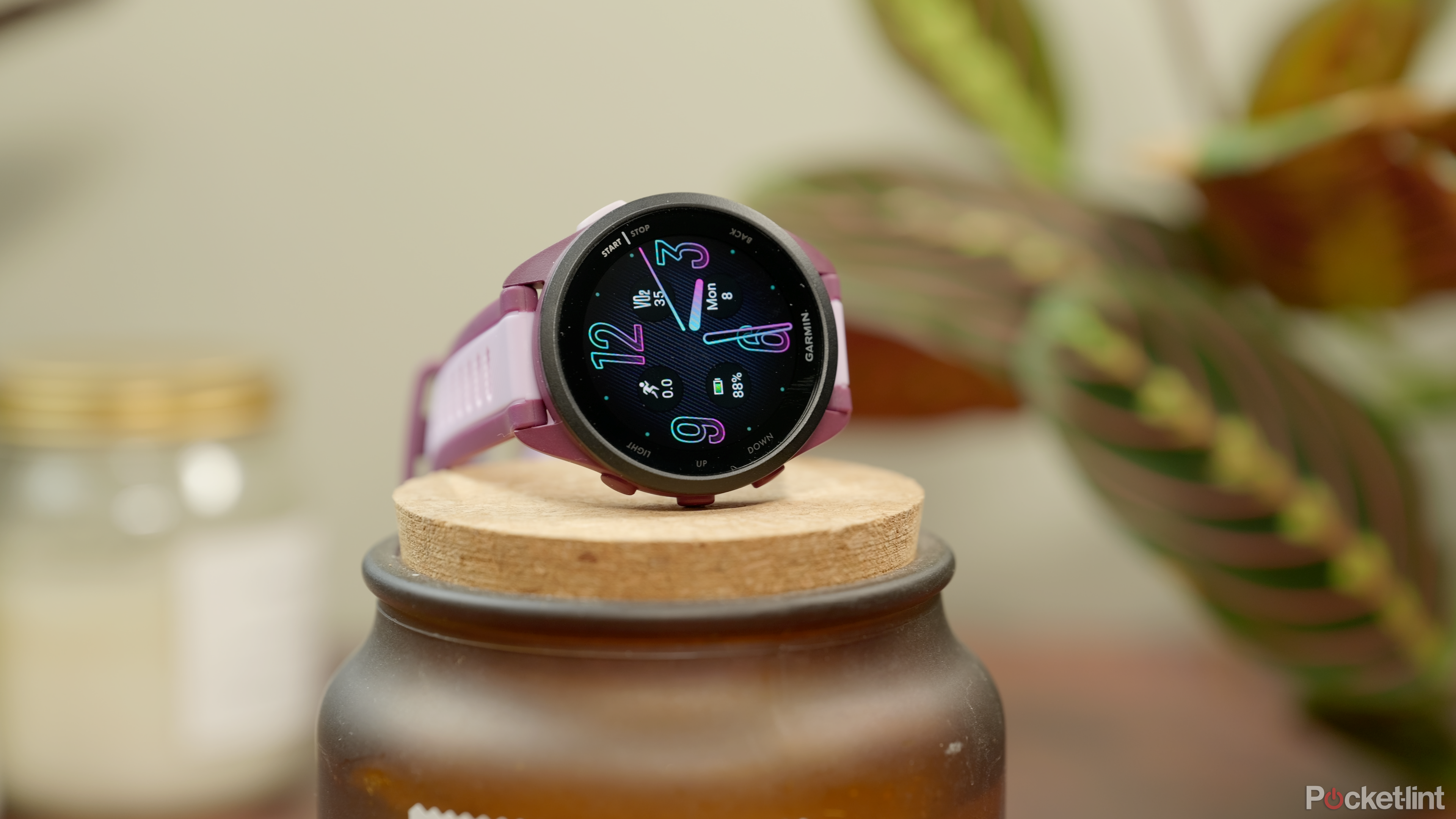 How to choose between a smartwatch and a smart ring
How to choose between a smartwatch and a smart ring
Choose what makes sense for your life
Admittedly, many of the frustrations listed above are personal. But smart rings are definitely not without their problems in terms of practicality. There are certainly benefits to smart rings over smartwatches, but it is a very individual thing. If you’re debating between a ring or watch for your next health and fitness tracking device, it’s important to weigh all the pros and cons of each device.
A ring could make perfect sense for you and your lifestyle, even if it doesn’t for mine. But seeing beyond the marketing for these smart rings and understanding what it’s like actually to wear one is also valuable when making your decision.

Jessica Irvine is a tech enthusiast specializing in gadgets. From smart home devices to cutting-edge electronics, Jessica explores the world of consumer tech, offering readers comprehensive reviews, hands-on experiences, and expert insights into the coolest and most innovative gadgets on the market.

